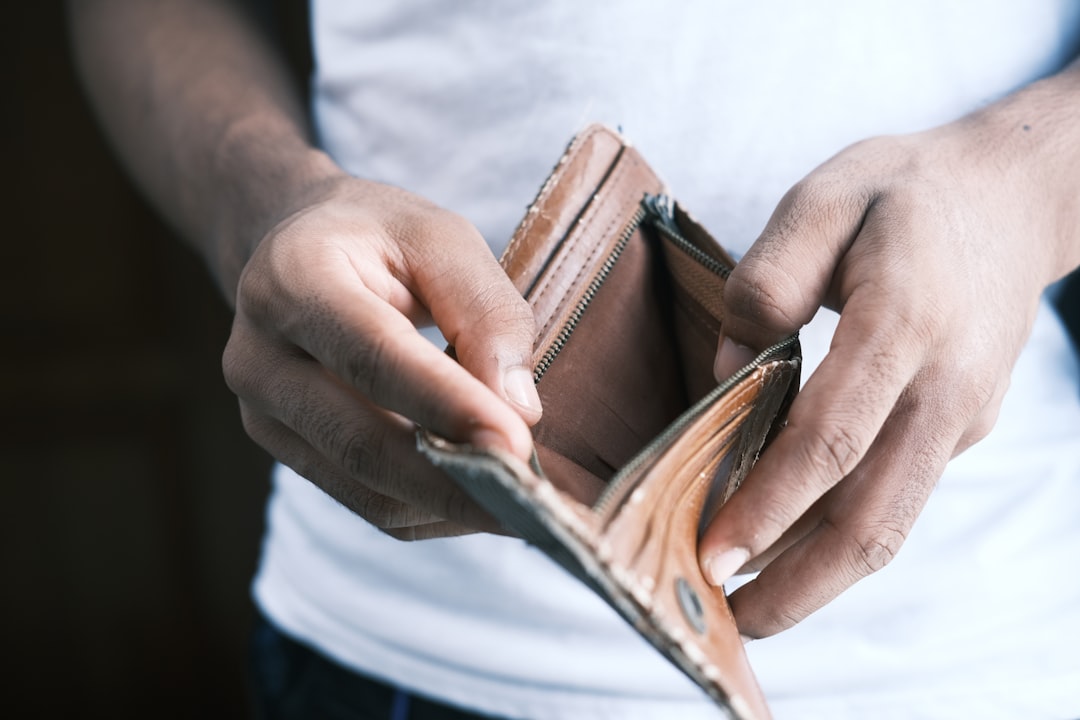Let’s cut to the chase—buying a home isn’t just picking out a new rug or deciding between espresso or French press. No, this decision clamps onto your wallet for a good 15 to 30 years. Knowing how much house you can actually afford isn’t just good sense; it’s your financial armor against the seductive powers of a dream home that could potentially bankrupt you.
So, how do you figure out the golden number? Start with a deep dive into your finances. Whip out those bank statements, dust off your calculator, and total up your household income, monthly debts, living expenses, and those precious savings.
Now, let’s talk mortgage. You might’ve heard you can swing a mortgage about 2 to 2.5 times your gross income. But hold your horses—it’s not just about your income. Your debts, assets, and liabilities are key players in this financial drama. Remember, your down payment and credit history are the gatekeepers to securing a good mortgage with a friendly interest rate.
Ever heard of the 28/36 rule? It’s like the financial Holy Grail for lenders. This rule caps your housing expenses at 28% of your pre-tax income and your total debt payments at 36%. Break these rules, and you might find securing a mortgage as tough as getting a reservation at a Michelin-starred restaurant last minute.
Let’s break it down:
1. **Mortgage Term Length**: Choose between a marathon (30 years) or a sprint (15 years). Longer terms flirt with smaller monthly payments, but they’ll cost you more in the long run.
2. **Mortgage Rate**: This little number has a big personality. It dictates how much extra cash you’ll pay over the life of your loan. Shop around—don’t just marry the first rate you meet.
3. **Credit Score**: This three-digit number can be the bouncer at the door of homeownership. A score of 620 or more is your ticket in, but the higher, the better.
4. **Down Payment**: Think of it as your home buying handshake. 20% down avoids private mortgage insurance, saving you money to splurge on, say, a new sofa.
5. **Cash Reserves**: Besides the down payment, you’ll want a cozy cushion of cash to handle any surprises. Six months’ worth of expenses is a good benchmark.
6. **Closing Costs**: These can nibble away 2-5% of your home’s purchase price. Save more or find a cheaper home—your choice.
7. **Property Taxes**: Like death, they’re unavoidable. Check your local rates to avoid surprises.
8. **Homeowners Insurance**: This isn’t optional. It’s the umbrella in your financial cocktail.
9. **HOA Fees**: If your dream home comes with an HOA, these fees need a line in your budget.
10. **Maintenance and Upkeep**: Set aside at least 1% of your home’s value annually for those inevitable repairs.
11. **Utilities**: These can be a shocker if you’re moving from a cozy apartment to a sprawling estate.
12. **Living Expenses**: Life’s necessities—food, gas, entertainment—still need funding even after all these housing costs.
Buying a home in 2025? It’s navigating a financial labyrinth with potential money pits and windfalls at every turn. But with a clear understanding of what you can truly afford, you can stride confidently toward your new address.




